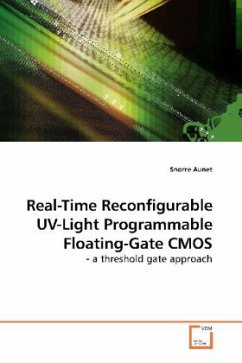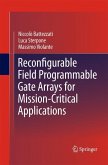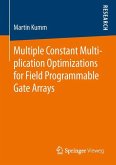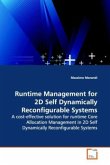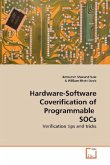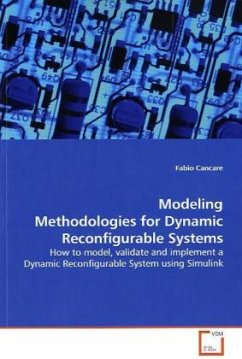This book describes using theory, SPICE simulations and chip measurements a new class of real time reconfigurable UV-programmable floating-gate ("FG-") circuits operating in subthreshold, implemented in a standard CMOS. A design method based on using the same basic two-MOSFET circuits extensively is proposed, meant for improving the opportunities to make larger FGUVMOS circuitry than previously. By using the same basic circuitry, instead of different circuitry for basic digital functions, one may ease UV-programming and test and save circuitry on chip and I/O-pads. Compact circuitry can be made, reducing wiring and active components. Compared to earlier FGUVMOS approaches the number of transistors for implementing the CARRY of a FULL-ADDER is reduced from 22 to 2. 2-MOSFET circuits able to implement CARRY , NOR, NAND and INVERT functions are demonstrated by measurements, working with power supply voltages down to 93 mV. An 8-transistor FULL- ADDER might use 2500 times less energy than a FULL- ADDER implemented using standard cells in the same CMOS technology. The circuits are also shown to be a new class of linear threshold elements.

